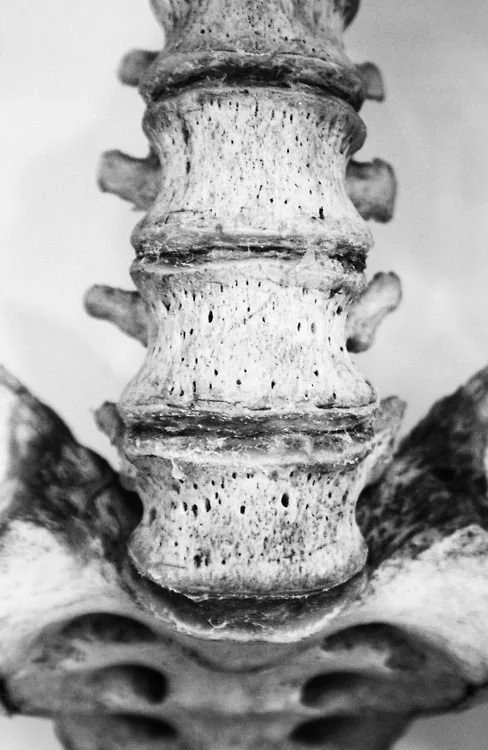When the building is constructed in the seismic hazard zone, its foundation needs to provide the mechanism to transfer forces that will possibly affect the structure, so it is not damaged. Architects and engineers use different systems that can absorb shock and dissipate the impact of an earthquake, one of them being alternating materials with different ductile properties so they take the hit and the rest of the structure stays intact. Every step you make is essentially a mini earthquake for your body. Legs and pelvis receive the first hit, but the spine is the structure that serves as a buffer that protects your brain and spinal cord from excessive impact. Its structure is an ingenious creation that combines all the properties of an earthquake-enduring building and goes much further than that, making it a fascinating masterpiece in the architecture of the human body. “Every day is a spine day”, as Ido Portal says. This is one of the most important things to remember if you aim to have a complex and sustainable movement practice.
The spine is in the center of the human body, it is the pillar around which the body organizes itself. If we look from the frontal plane, it is shaped like a long pyramid that sits on top of another, shorter, pyramid that is positioned upside down – sacrum and coccyx. If we look from the sagittal plane it resembles a long sea horse, composed of the natural lordotic and kyphotic curves. The spine mediates between the two mass centers of the human body: the sacrum and the cranium. The rib cage is connected to the thoracic portion of the spine, it serves to protect vital organs and allows for breathing. The vertebral column and all the connective tissue surrounding it is a sophisticated structure that protects your spinal cord from sheering forces. This ingenious design allows multidimensional movement and transforms compression forces into tensile forces.
Even though we are used to thinking of the vertebrae as “stacked” on top of each other, it is not quite the correct image. The bones that constitute the spinal column are basically floating in space. They are maintained in place by the net of connective tissue that applies constant forces of push, pull, and compression on the vertebrae. If this familiar image of stacking would apply to our anatomy, every time you lean forward, your spine would collapse. It happens because the structures that are held together only by continuous compression, as the “stacking” model would suppose, are relying on gravity to stay intact: as soon as the vector of pull changes, the structure is not able to hold its integrity any longer. Our body is a tensegrity system – the one that is self-sustaining and not dependent on gravity to hold its shape. This is an important shift in perception because it gives us a better model to understand human movement.
As mentioned earlier, the spine is the center around which the body organizes itself and it is crucial for the transmission of forces inside the system. Just consider injuring a limb – even if fully immobilized, there are still much more possibilities for moving. As soon as there is a problem in the spine, it becomes clear how paralyzing it is when its function is impaired. The spinal column is composed of 24 bones (33 when you are born and later the bones in the coccyx fuse; in adults, it varies from 23 to 26, 24 being the most common), connected by 23 discs. In total, your spine has over 140 joints! By design, each of them is supposed to have a certain degree of motion. In most activities of modern-day humans, there is no invitation to move these joints intentionally: the back is mostly neutral. Sitting in the office chair, sitting in the car on the way to work, and even doing an entire fitness routine in the gym with a “neutral spine” is a norm. Not considering the complexity of your structure and not involving it in multidimentional motion every day is a huge mistake. The rigid, immobile spine that only moves in a single (sagittal) plane is one of the most common causes of back pain. (K.T. Lau, K.Y. Cheyung, et al. 2010) The common “forward neck” syndrome in office workers and smartphone users has been resulting in an epidemic of muscular and neurological dysfunction. (J.F. Knight, C. Baber 2004) Taking care of this one central segment of the body will relieve many of the problems that people experience in their bodies. Not that the other parts of the body should not have been taken care of or cannot possibly be the cause of pain/malfunction, but the capacity of the spine to work better will result in better organization and more efficient function of the whole system. The most bang for your buck, as they say, is in taking care of your spine.
In order to understand the importance of the spine in movement, we also need to reconsider our view of what is posture. We are taught to believe that there is such thing as static posture, where we align all our body centers in a perfectly straight line with the pull of gravity. As we have seen before, this model is not a very helpful one. We are, indeed, evolved as and always are constantly subject to the force of gravity. It is a continuous and inescapable fact of our physical reality. But as we have seen earlier, our body is not a fixed entity but a living organism that changes every day and even every hour. We are rarely standing completely still and straight in everyday life. Even when we do, it is never a static position, but constant fine-tuning of the musculature in order to keep the body in balance. Any change of posture (read: movement) is a change of orientation of segments of the body and its centers of mass in relation to gravity. Thus the posture is not a static event, but a dynamic action. Your alignment informs your movement and vice versa. The proprioceptive qualities of our nervous system are what allow us to feel the position of the body in space and the relationship of all of its parts. Sensing and understanding our spine’s relationship to space and the gravitational pull provides a better definition of the overall position of the entire body, thus allowing for improved adapting and reacting to the quick changes in the environment. Spinal proprioception has a specific significance on our body control because of its interaction with the Visio-vestibular system. It is still widely believed that some people are just “uncoordinated” and it cannot be improved by training past a certain age. However, if you start to work with people starting from their spine, teaching them to move it in all possible directions and differentiating all the different segments, magic happens. Suddenly the most "uncoordinated" learn how to coordinate themselves. There is no scientific data on that, but there is a huge amount of people who have gone through this process and can testify to the truth of this statement.
If the spine is immobile and not involved in everyday movement, it loses the “definition” inside the map of the body inside the brain. The body loses “suppleness”, which is a marker of youthfulness. If the soft tissue around it is not used to receive load in different directions, any kind of force that comes in any “unusual” angle can potentially cause damage. In other words: if the spine is not mobile and strong, the complexity of action that the body can take is compromised. Not taking care of the spine is leaving a weak link in the very center of the structure, which will inevitably affect all movement of the body detrimentally.
As there is more and more research on neurology coming up and experiential, eye-witnessed changes in human movement through newly emerging complex movement practices happening, it becomes clear that we need a shift in the way we think about the body and movement on a global scale. In mainstream fitness, the spine is considered only superficially and with a somewhat “protectionist” approach. “You cannot load the spine in flexion”, “you cannot move the spine in this plane”, “excessive back extension is very bad for you”, etc etc. When the main focus of physical practice is relying solely on isolated muscle work and aesthetics, that does not provide the body with the complexity it requires and completely misses the view of the entire process of evolution. We are a complex system that requires varied input that is challenging on both physical and cognitive levels. Our capacity to think and create emerged from our capacity for complex movement and it needs to be matched. Why are we still living under the illusion that a linear, boxed approach covers the needs our bodies have? They crave complexity! A good place to start feeding your body what it needs is moving your spine in a complex and intelligent way that matches what the it evolved for.




